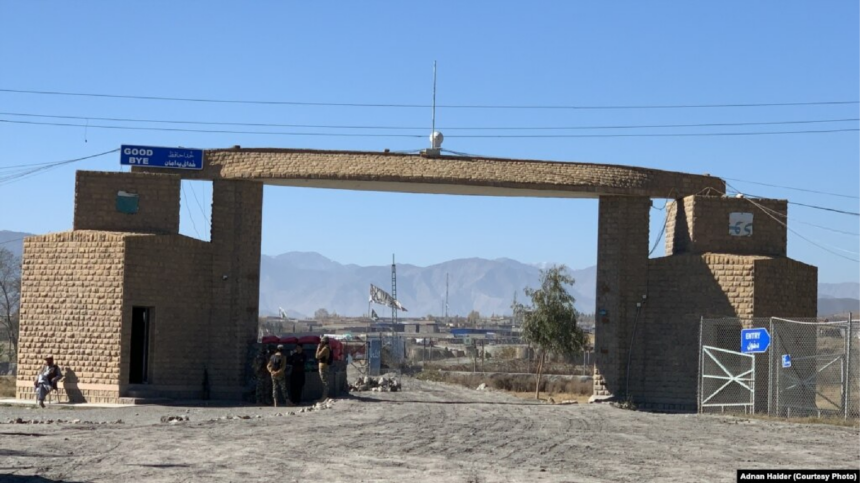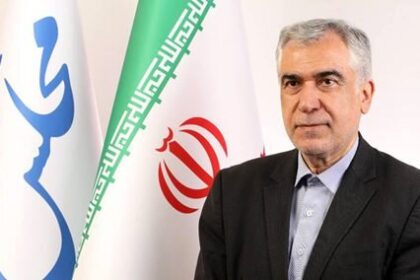RASC News Agency: After six months of closure due to internal conflict and tribal tensions, the Kharlachi border crossing between Afghanistan and Pakistan has officially reopened, marking a potential turning point in the economic engagement between the two nations. Located in Pakistan’s restive Kurram district, the crossing had remained sealed for half a year, halting bilateral trade and disrupting livelihoods on both sides of the border. Speaking to reporters at the ceremony on Friday, Pakistani officials confirmed that commercial activity has resumed through this critical passageway. They characterized the reopening as a significant milestone in efforts to restore and strengthen economic ties between the two neighbouring states.
According to a report by The International News (Pakistan), the crossing was formally reopened on the May 10, in a ceremony attended by senior border officials from both Afghanistan and Pakistan. Pakistani authorities commended the extensive coordination that enabled this breakthrough highlighting the role of security forces, civil administration, and tribal elders in facilitating the reopening. The regional border commander stated, “This reopening is not only mutually beneficial, but also instrumental in stabilizing and revitalizing the economic conditions of the border region.” Alauddin, the regional head of customs, also emphasized the reopening’s economic significance. He noted that restoring operations at Kharlachi will enhance customs revenues, accelerate the movement of goods, and simplify cross-border trade procedures. “This crossing plays a pivotal role in our border economy,” he said, “and its reopening will help reduce the pressure on other congested routes while supporting regional traders.”
From the Afghanistan side, Taliban officials welcomed the development and described it as a constructive step toward improving bilateral relations. While their statements portrayed the reopening as a diplomatic success, regional analysts suggest it is driven primarily by the Taliban’s increasing reliance on trade routes via Pakistan amid deepening international isolation. Ali Hadi Erfani, a member of Pakistan’s provincial assembly, hailed the development as a sign of Pakistan’s commitment to regional peace and economic collaboration. “While several eastern crossings remain closed,” he noted, “the reopening of Kharlachi reflects Islamabad’s determination to preserve stability and promote shared prosperity. This move will play a key role in rebuilding economic and commercial linkages in the region.”
The Kharlachi crossing had been shuttered amid escalating tribal clashes in Kurram, resulting in the suspension of critical trade and transit activities for over six months. Its closure inflicted significant financial losses on traders, particularly small and medium-sized enterprises, and further strained the fragile economic ties between Afghanistan and Pakistan. The reopening has now rekindled cautious optimism that commercial flows can be restored and regional markets revitalized. Kharlachi is one of 18 official border crossings between Afghanistan and Pakistan, established under a 2010 bilateral trade agreement. As a strategic trade artery, its closure had deeply disrupted supply chains and cost millions in lost revenue. With trade now resuming, officials and local stakeholders alike hope that the economic damage sustained over the past months can be gradually reversed, paving the way for a more stable and interconnected future.






